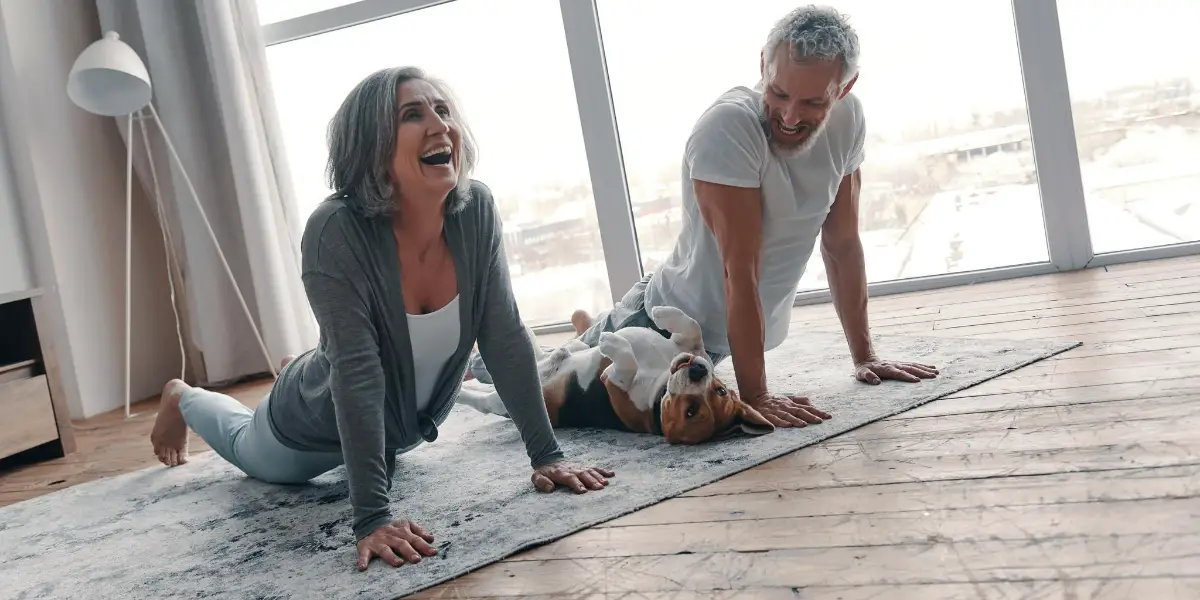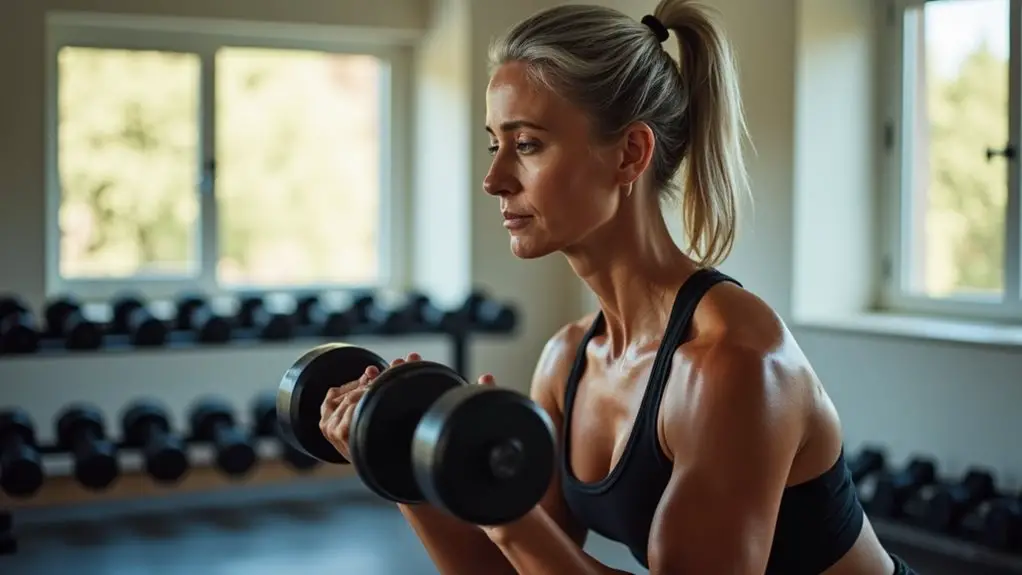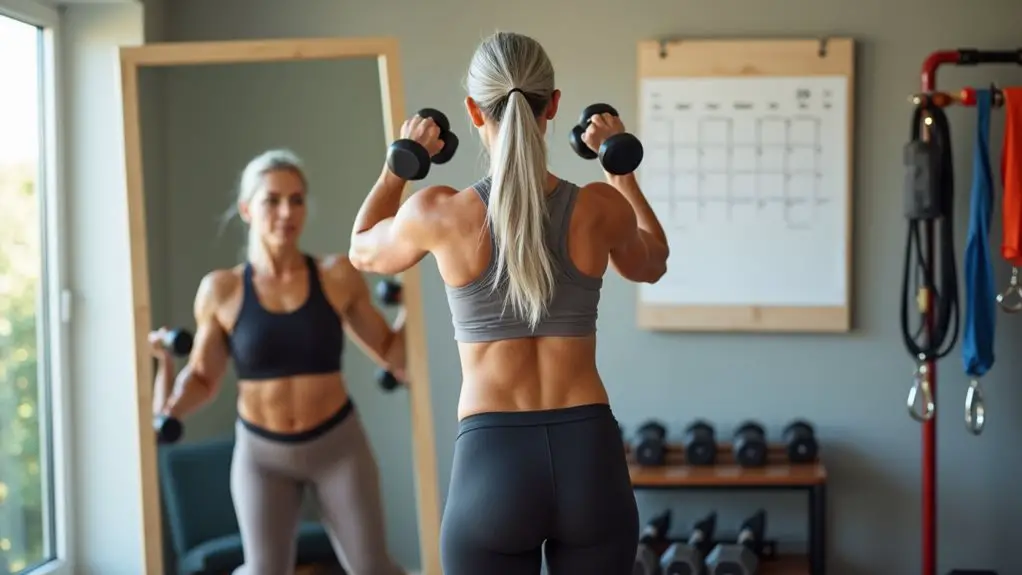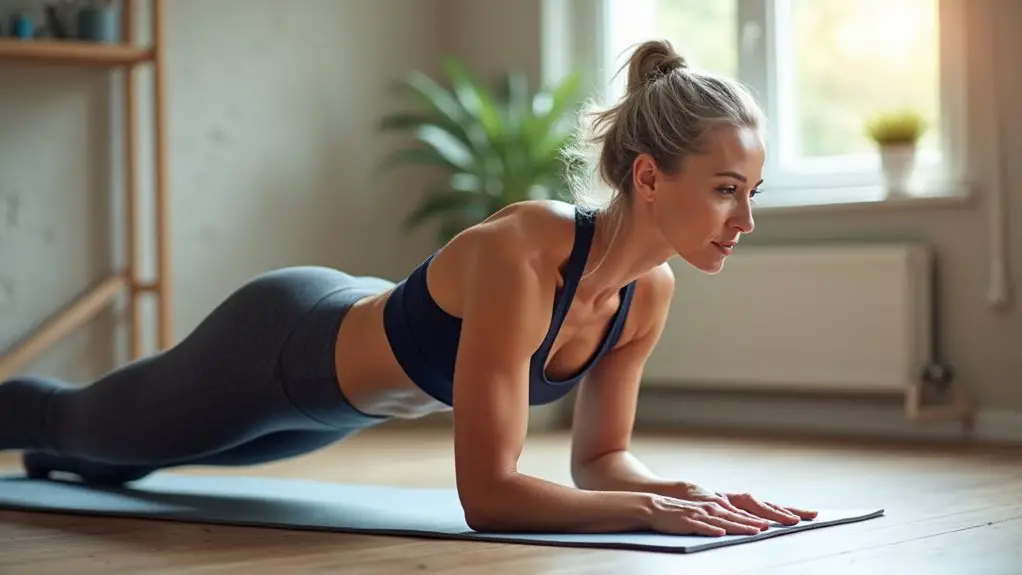Seniors often require exercise to maintain their physical fitness. They usually prefer lower-impact activities such as Yoga and Pilates since intensive and strenuous exercise may not work for them. However, can you differentiate between the two? And which is better for seniors, Yoga or Pilates?
Both Yoga and Pilates offer great health benefits for older people. They both help with balance, flexibility, strength, and posture. The main difference between them is that yoga focuses on stretching while Pilates focuses on strengthening muscles.
One may be better than the other depending on the needs of the senior. Pilates may work better if the senior prefers a more fast-paced workout. However, if the senior seeks a more relaxing workout with meditation, then certain forms of Yoga may be better.
In this post, I will discuss how Yoga and Pilates are similar and different from each other and how they can benefit seniors. I will also explore what situation is Yoga or Pilates better for seniors.
What is Yoga?
Yoga is more than just poses and stretches. It is a holistic discipline that combines the body, mind, and spirit. This is achieved by focusing on five major areas: proper relaxation, exercise, breathing, diet, positive thinking, and meditation. Yoga practitioners are called Yogi.
Yoga originated in ancient India around 3,000 years ago. You may see Yoga as a holistic discipline to unite the body, mind, and spirit. This is achieved through the five pillars: proper relaxation, exercise, breathing, diet, positive thinking, and meditation.
The exercise part is probably the most well-known feature of Yoga, where you get into specific Yoga postures, called Asana. At the same time, you also keep the focus on your breathing and mind. The goal is to bring your awareness into the moment and quiet the noise and distractions of the day.
Yoga can also incorporate philosophical, scientific, and ethical elements. You may notice some Yoga practices may be related to religions and philosophies such as Buddhism, Hinduism, and Jainism.
Many styles of Yoga have been developed throughout its history, such as Vinyasa, Ashtanga, Bikram, and Restorative Yoga. Some are much more spiritual, and some are developed in the West, focusing more on physical exercise.
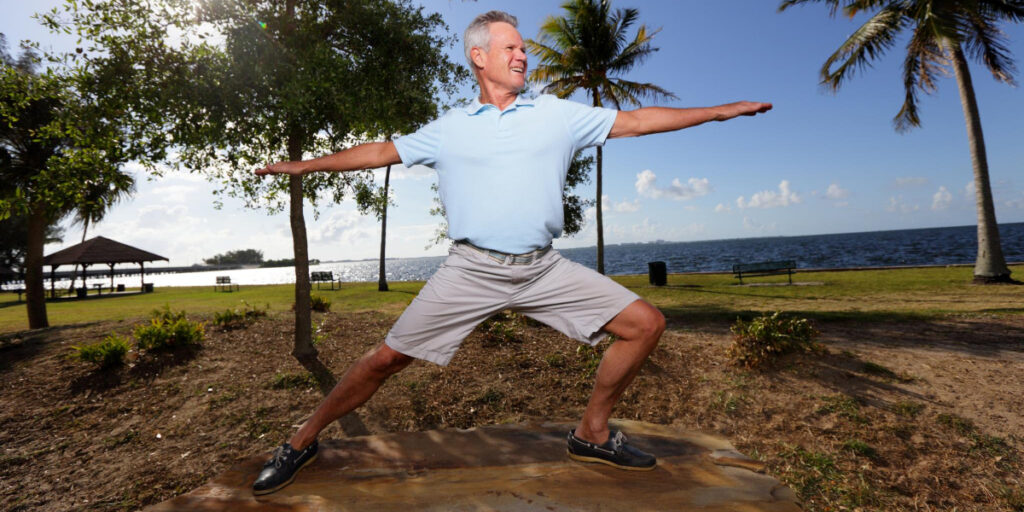
What Is Pilates?
Pilates is a type of body-mind exercise developed by Joseph Pilates. Pilates consists of about 500 core-focused aerobic and non-aerobic exercises. Each exercise also includes a different breathing technique followed by a rhythmic pattern. Pilates may help with flexibility, strength training, improved posture, stress reduction, etc.
Joseph Pilates created this exercise in the early 20th century while working with German soldiers after World War 1. Its effectiveness made it more and more popular, first with dancers, and then the wider public.
Pilates focuses on your core and muscle tone rather than muscle building and is guided by principles such as concentration on each movement, use of the abdomen and low back muscles, precise, flowing movement patterns, and steady and controlled breathing.
In a Pilates session, you may be made to perform poses and stretches that require muscles. In many cases, your own bodyweight is used to provide some resistance to the movements.
However, some forms of Pilates also require specialized equipment such as a Pilates ring, balance board, or trapeze board.
I’ve adapted Pilates to be done with a chair, which is perfect for those new to Pilates who need a little extra support.
How Similar Are Yoga and Pilates?
Yoga and Pilates have a number of similarities. They are both lower-impact exercises that focus on developing flexibility, muscle tone, core strength, and rhythmic breathing. The major difference would be that Yoga encompasses a broader range of practice, such as meditation, mind, and positivity. Pilates may rarely address these areas.
Low-Impact Exercise: Yoga and Pilates are low-impact exercises. This means they do not place too much demand on the body or require significant physical exertion. High-impact exercise examples would be HIIT or powerlifting.
As a result, Yoga and Pilates are popular with those that just want a simple, less strenuous exercise, such as those recovering from injuries or seniors.
No Tools Required: At its most basic, Yoga and Pilates can be done without equipment, although people commonly perform these exercises on a mat at the least. Many Yoga styles do not require specialized equipment, just an optional mat.
Mat Pilates is a variant of Pilates that may be performed entirely without specialized tools. Specific Pilates may need equipment such as the Pilates ring, trapeze board, or a balance board.
Tone Muscles: Our body tends to react to the stress we put on it. Pilates and Yoga capitalize on this by focusing on exercises that stretch and elongate the muscles.
As you perform Pilates and Yoga, the connective tissue and muscle fibers get pulled and become longer. This added resistance may create tension and pressure that helps the body to develop a toned and balanced appearance. As a result, Pilates and Yoga are also popular with females and many seniors who do not seek to build a bulky appearance but a lean and toned look.
Strengthening Core: Yoga and Pilates focus on exercises and movements that help to improve our body’s core muscles, which are the pyramidalis, rectus abdominis, external obliques, internal obliques, and transversus abdominis.
These muscles are around your abdominal and lower spine, and strengthening them tends to help with physical ailments such as back pain and bad posture. As a result, many adults and seniors tend to engage in these exercises as they suffer back pain or posture issues such as slouching.
Improves Flexibility: When performed regularly, Pilates and Yoga can improve flexibility. This is because both exercises require you to perform a wide range of motions, often stretching and placing pressure on your joints.
As a result, your muscles become much more pliable, meaning they can stretch, allowing you much more flexibility. Your joints also tend to be more flexible and may be able to accommodate more stress.
Releases Tension and Stress: Pilates and Yoga focus on breathing techniques throughout the exercises, requiring you to often take long, slow breaths. There is also a strong focus on rhythmic breathing.
Long slow breathing is often related to relaxation, which helps Yoga and Pilates to help with tension and stress release. Research indicates that Yoga reduces the release of cortisol, the stress hormone.
Improves Posture: The constant stretching, pose, and movement in Pilates and Yoga also may address another issue, posture.
Humans are creatures of habit, which means as we age, we tend to walk, sit, and run a certain way, changing our posture to accommodate our lifestyle. Yoga and Pilates help to address this by making sure we move our bodies and use our muscles in a wide range of motion.
We are also made more aware of our posture throughout the exercise. This may make us carry the habit of monitoring our posture even when we are not working out.
Reduces Pain: Many people suffering from chronic pain find relief through yoga and Pilates. This is because both practices focus on improving flexibility, strength, and balance, all of which are important factors in reducing pain.
Improves Mental Health: Both yoga and Pilates have been shown to improve mental health. This is because both activities require you to focus on your breath, which has been linked to improved mood.
In addition, both activities require you to concentrate on your body, which requires you to focus on yourself. This may help to reduce feelings of isolation and loneliness.
Both activities also require you to think about your body and how it moves, which may help to improve self-esteem.
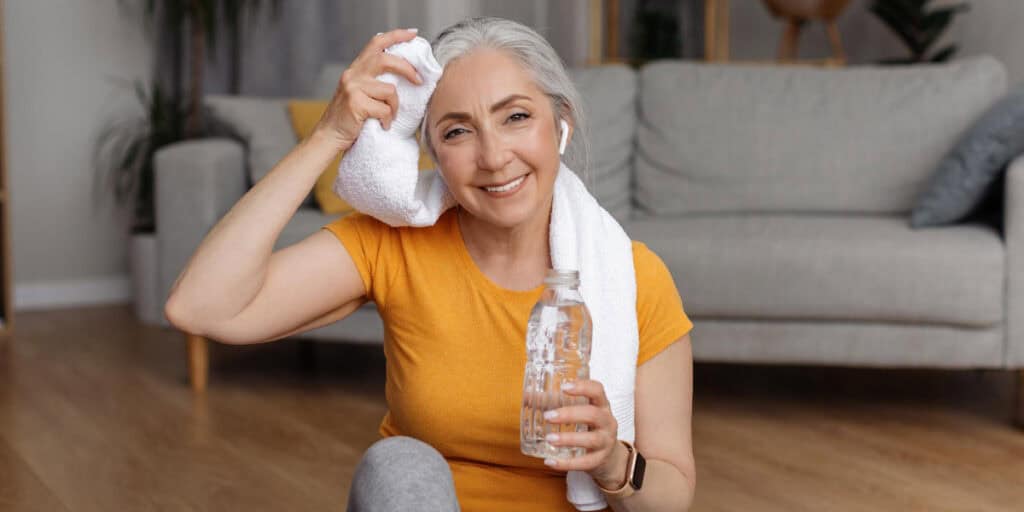
Are There Differences Between Yoga and Pilates?
Yoga differs from Pilates in that it incorporates more spirituality and philosophy. To practice Yoga fully, there are also concepts such as dieting, mindfulness, and positivity to learn. Pilates is less spiritual but focuses more on physical exercise.
Both Yoga and Pilates are very similar to each other in many ways and may similarly benefit you as well.
Still, if you insist on picking apart Yoga and Pilates. Then you may differentiate it in the philosophical and spiritual approach to the workout.
In general, you may assume that Pilates is a more physical exercise. It focuses on movements, poses, and developing physical flexibility and toning. There is little focus on meditation, spirituality, and philosophy in approaching life.
Yoga, however, is much more than exercises you see on TV or on the internet. Yoga, if practiced in full, involves spirituality, philosophy, and also things such as diet. During Yoga, you may be asked to meditate and may be advised on things such as dieting and positive thinking. You may also engage in some practices originating from Vedic religions such as Buddhism, Hinduism, or Jainism.
How Can Pilates and Yoga Benefit Seniors?
Pilates and Yoga may support seniors’ needs very well. Seniors, in general, may suffer from musculoskeletal issues such as muscle weakness or back pain, which can be addressed by both exercises. They are also easily adjustable for seniors with mobility issues or physical impairment.
Low-Impact Exercises: Generally, seniors tend to lack the physical ability to exert a large amount of force in a short time, usually due to slower response, weaker muscles, or other musculoskeletal issues. This makes seniors unsuitable for workouts such as HIIT or faster-paced sports such as badminton.
Yoga and Pilates can be seen as low-impact exercises that do not require much physical exertion. The movements in both exercises are also executed at a slower and steady pace.
This makes them different from exercises such as High-Intensity Interval Training (HIIT), which may need movements quickly and suddenly. As a result, they are excellent exercises for seniors.
Assists With Muscle Weakness: One of the major issues seniors face with physical performance is the general degeneration of muscular strength. Muscles may become smaller, weaker, and may eventually become unable to exert enough force to perform motions as simple as getting up from a chair.
Yoga and Pilates may address this issue by ensuring stimulation of the muscles. When constantly stretched and stressed, muscles may become stronger.
In the case of seniors, even if these workouts cannot reverse muscle degeneration, they can at least slow down the pace. This, in turn, allows seniors to live a better quality of life as they age.
Improves Posture: Another issue seniors may face with their physical performance is degeneration of the skeletal system. Calcium loss from bones can show itself later in life, resulting in the general weakness of the bones to support the body. Eventually, issues such as osteoporosis or hunching may develop.
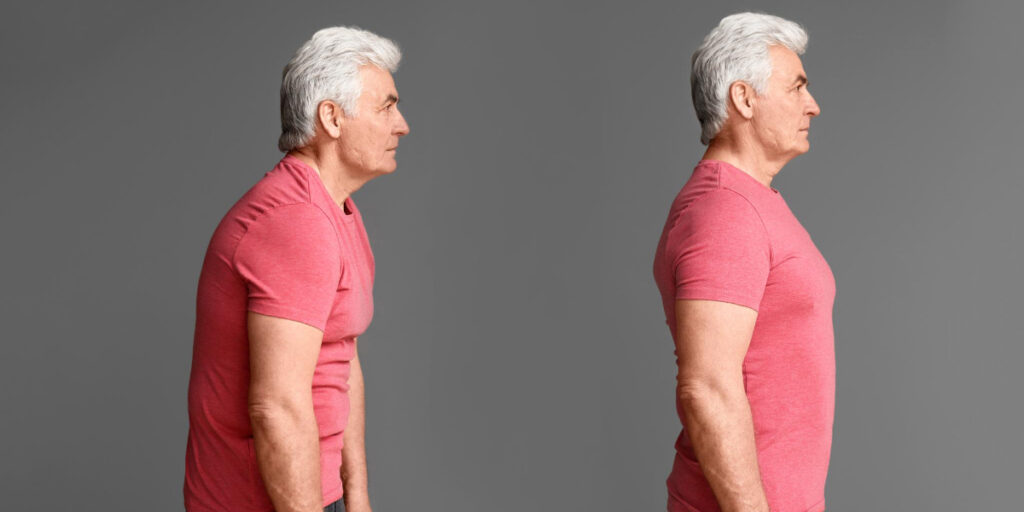
Pilates and Yoga may address the issue by ensuring the bones and joints continue to receive stimulation and stretch to allow them to retain strength and mobility. Similar to the muscle case, even if Yoga and Pilates cannot reverse the issue, they can at least slow it down.
Easily Adjustable In Intensity: One of the greatest strengths of Pilates and Yoga is that they can be adjusted in intensity. A good trainer can adjust the workout to be even lower in intensity yet retain its physical benefits.
This means they can be excellent exercises for seniors. Many seniors may not have the physical capabilities to perform the common movements or have specific physical ailments that make certain poses impossible. For example, seniors with neck or shoulder pain may find the Fish pose may trigger pains in their neck or shoulder.
A qualified instructor can easily modify the workout to accommodate these issues and yet still allow the seniors to achieve maximum benefit from their time working out.
Improves Flexibility: Another issue we face as we age is a general loss of mobility. This can come from multiple reasons: muscular and skeletal deterioration, stiffening joints, and pain.
Flexibility can be taken for granted by many. However, for seniors, loss of flexibility can make something as simple as getting out of bed in the morning difficult.
Pilates and Yoga may help with these issues by ensuring the muscles, bones, and joints all over the body move and stretch in a wide range of motion. This allows the muscles, bones, and joints to regain, or at least retain, some measure of flexibility and mobility.
Yoga vs. Pilates For Seniors: Which Is Better?
First, always talk to your health professional about the suitability of either exercise before starting. If your physician deemed Yoga and Pilates may not be suitable for you, then perhaps you should not consider any of the exercises here.
As a start, both are great workouts for seniors. They help and support seniors in many aspects their bodies may lack, such as flexibility and muscle strength.
They are also easily adjustable in intensity, meaning seniors with differing fitness and physical capability can engage in both workouts and derive significant benefits.
However, if you wish to insist on choosing one, perhaps the answer would be to ask yourself these three questions:
- Would you appreciate some spiritual element in your workouts?
- Are you OK spending some money to acquire tools and equipment?
- Are you OK with a more fast-paced, strenuous workout?
On the first question, if you appreciate some spiritual element to your workouts, then Yoga would be a better choice. This is because Yoga may have practices such as meditation, philosophy, and a spiritual approach to life. You may trace these back to Vedic religions such as Hinduism, Buddhism, and Jainism.
If you prefer to keep your workouts physical and not be asked to do any ‘kumbaya,’ then you will be better off sticking with Pilates.
Pilates has a more scientific approach to its development. This means you will almost not have to deal with anything spiritual if you train with a qualified Pilates instructor.
On the second question, if you prefer to keep the costs low, you may be better off with Yoga. This is because Yoga, in general, does not need any specialized equipment. You may see people dressed in Yoga pants and working out on mats, but these are optional and not required.
Pilates can also be performed without any specialized equipment. However, there are a range of accessories you can purchase to add challenge to your routine, such as a balance board, Pilates ring, or trapeze table.
Fortunately, the only highly expensive equipment is the reformer, most other items do not cost a lot of money, and if you’re attending a Pilates class it is likely any equipment required will be provided.
On the third question, you may consider Pilates if you prefer something done a bit faster and maybe a little more strenuous. Pilates is generally done at a faster pace and is more challenging when compared to Yoga.
Final Thoughts
I’ve a number of senior clients who have maintained an active lifestyle in order to maintain their quality of life.
Picking between these two popular physical practices will come down to a matter of personal choice. The important thing is to do something that will prevent your fitness level from deteriorating.
Having an exercise program that works the entire body is vital for our physical health and also offers mental benefits, not to mention if you attend a Pilates or yoga class you’ll get to know others and therefore benefit from social interactions as well.

